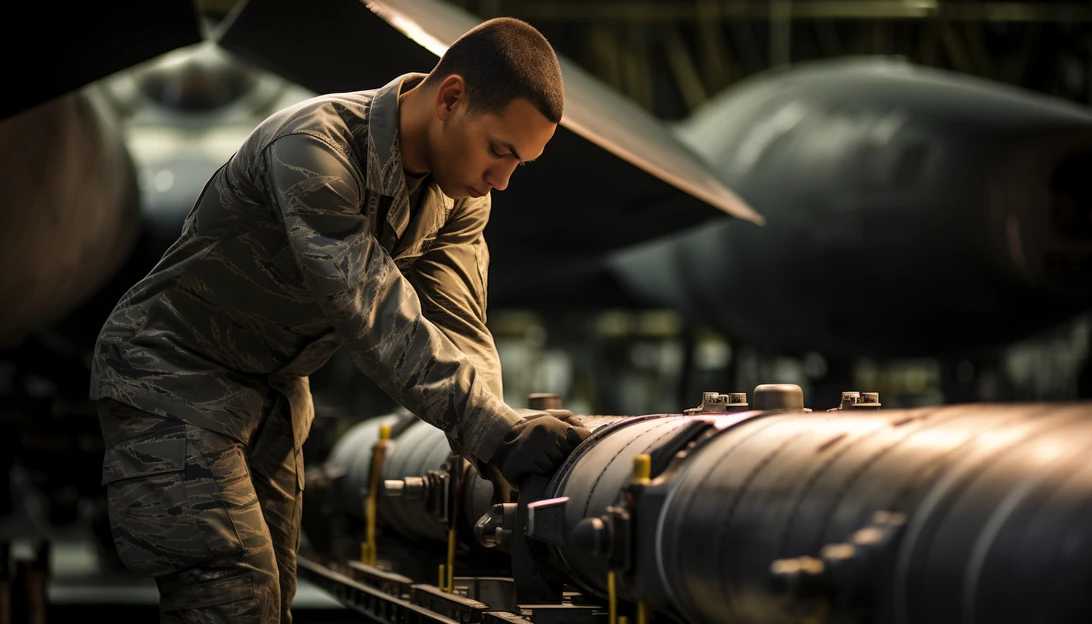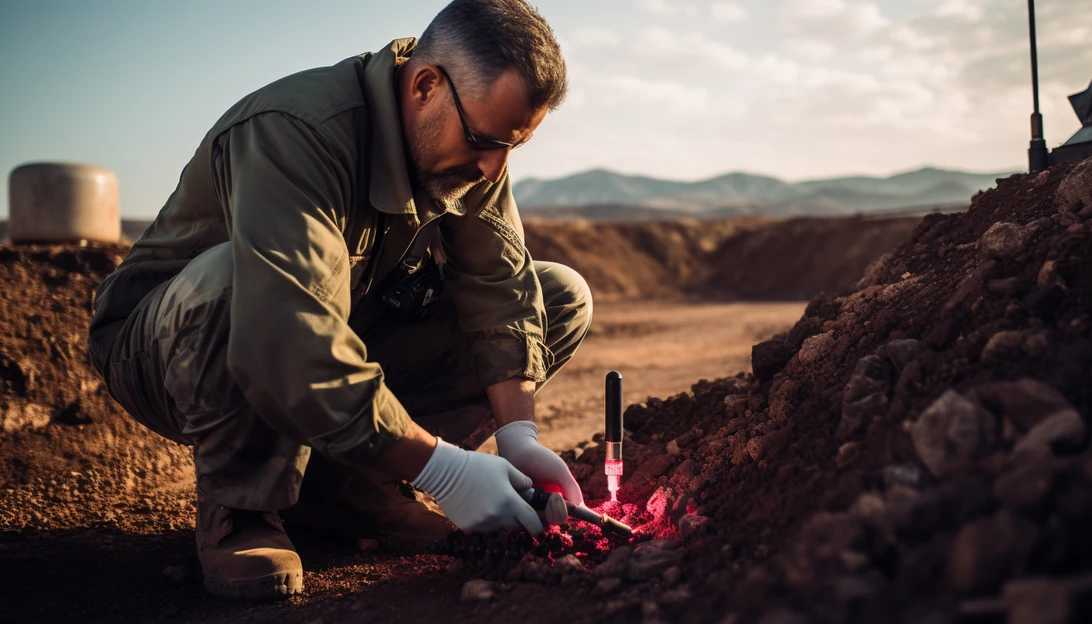Cancer
published : 2023-12-10
US Air Force Investigates High Cancer Rates Among Nuclear Missile Workers
Multiple Military Bases had Dangerous Levels of Carcinogenic Chemicals Where the Airmen Worked

The US Air Force is conducting an extensive investigation into the unusually high rates of cancer among service members who worked with nuclear missiles.
Preliminary findings have prompted the Air Force to expand its study, with concerns raised about the safety of military bases and the presence of carcinogenic chemicals.
The initial study was launched following reports of illness among those who served in these positions.
While the Air Force has not released the cancer numbers publicly, it has confirmed that further review is necessary based on the preliminary analysis of the data.
This investigation has uncovered alarming evidence of unsafe carcinogen levels at a major nuclear missile base in Montana, as well as reports of hundreds of cases of cancer among missile community members.
Lt. Col. Keith Beam and other Air Force medical officers provided updates during a press conference on the missile community cancer review, stating that additional study is warranted.
The data recorded in health records of service members who worked with nuclear missiles has raised concerns and the Air Force is committed to a thorough examination.
Medical teams conducted extensive tests of air, water, soil, and surfaces at nuclear missile bases in Montana, North Dakota, and Wyoming.

While samples from Montana and Wyoming did not show harmful levels of contamination, four locations within the underground launch control capsules at these bases had unsafe levels of PCBs (polychlorinated biphenyls).
Results from the North Dakota base are still pending.
PCBs are known to be carcinogenic, according to the Environmental Protection Agency.
Although current air, water, and soil samples indicate safety, questions are being raised about the long-term exposure risk for earlier missile launch officers who served before infrastructure updates were made.
The Air Force acknowledges that it cannot fully quantify the risks faced by personnel in past decades, but it aims to use the available data to better understand potential exposure risks.
By expanding its review of medical records and data collection, the Air Force intends to account for as many service members as possible, including those who worked with military nuclear missiles as far back as 1976.
This comprehensive study aims to capture data on all missile community members who served between 1976 and 2010.
In previous reviews, missile launch officers were consistently told there was no cause for concern.

However, the recent surge in self-reported cases of cancer among missileers has prompted a more thorough investigation.
This includes an organization called the Torchlight Initiative, formed by families of missile launch officers affected by illnesses, with a particular focus on non-Hodgkin lymphoma.
Compared to the national average rate of non-Hodgkin lymphoma cases, the missile launch officer community has seen a strikingly high number of self-reported cases.
The limited size of this community, with only approximately 21,000 individuals who have served as missileers since the 1960s, emphasizes the urgency of the situation.
The Air Force's response to this issue marks a significant shift from the past, with a greater willingness to acknowledge and address concerns of exposure to toxic contaminants.
There is now a broader recognition within the Department of Defense and Department of Veterans Affairs of the importance of investigating military-associated cancer clusters.
Grassroots efforts, such as those by the Torchlight Initiative, have played a crucial role in raising awareness and driving action on this issue.
As the Air Force continues its investigation, officers leading the missile community are committed to leaving no stone unturned and providing appropriate care to those affected.
